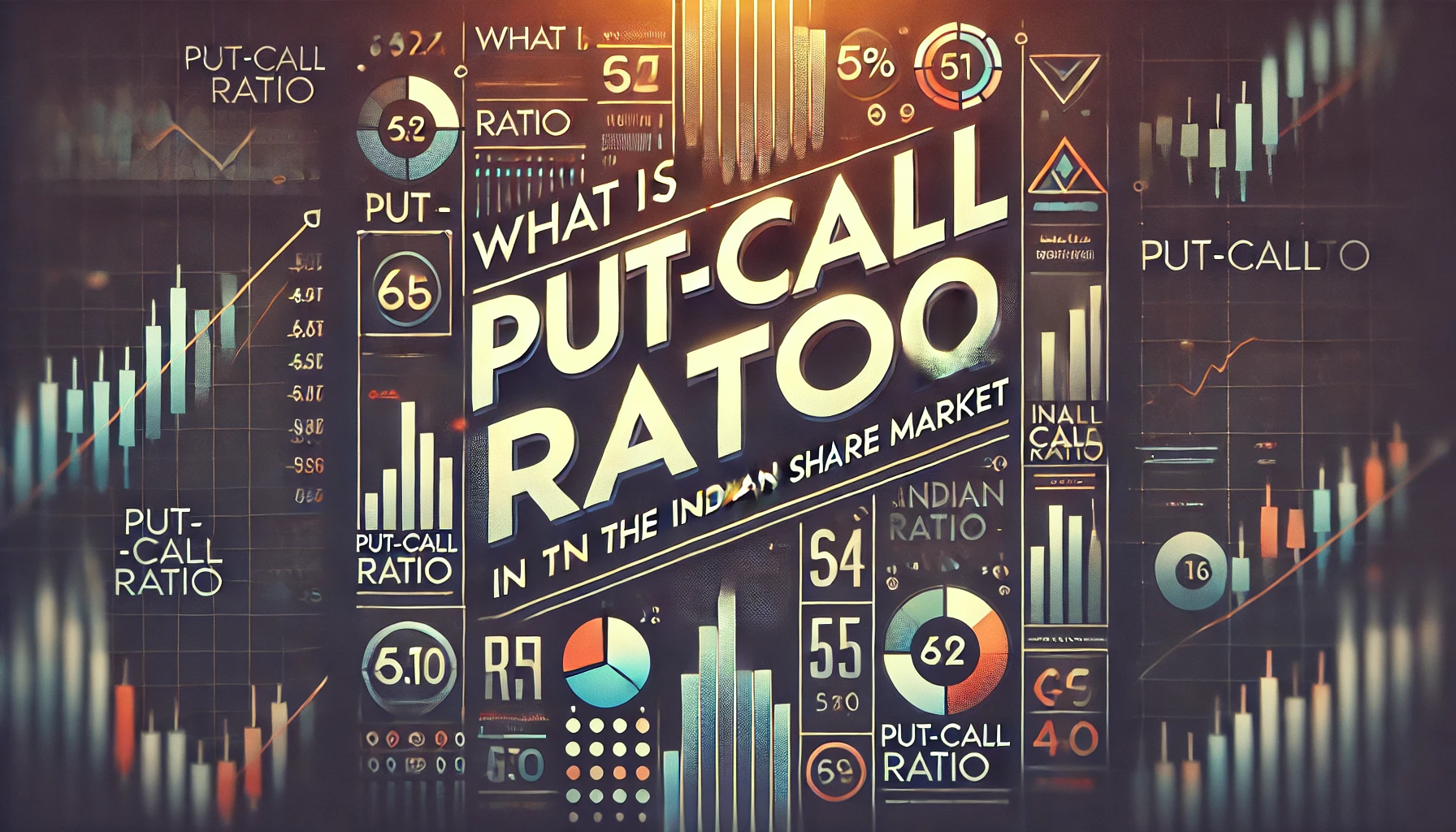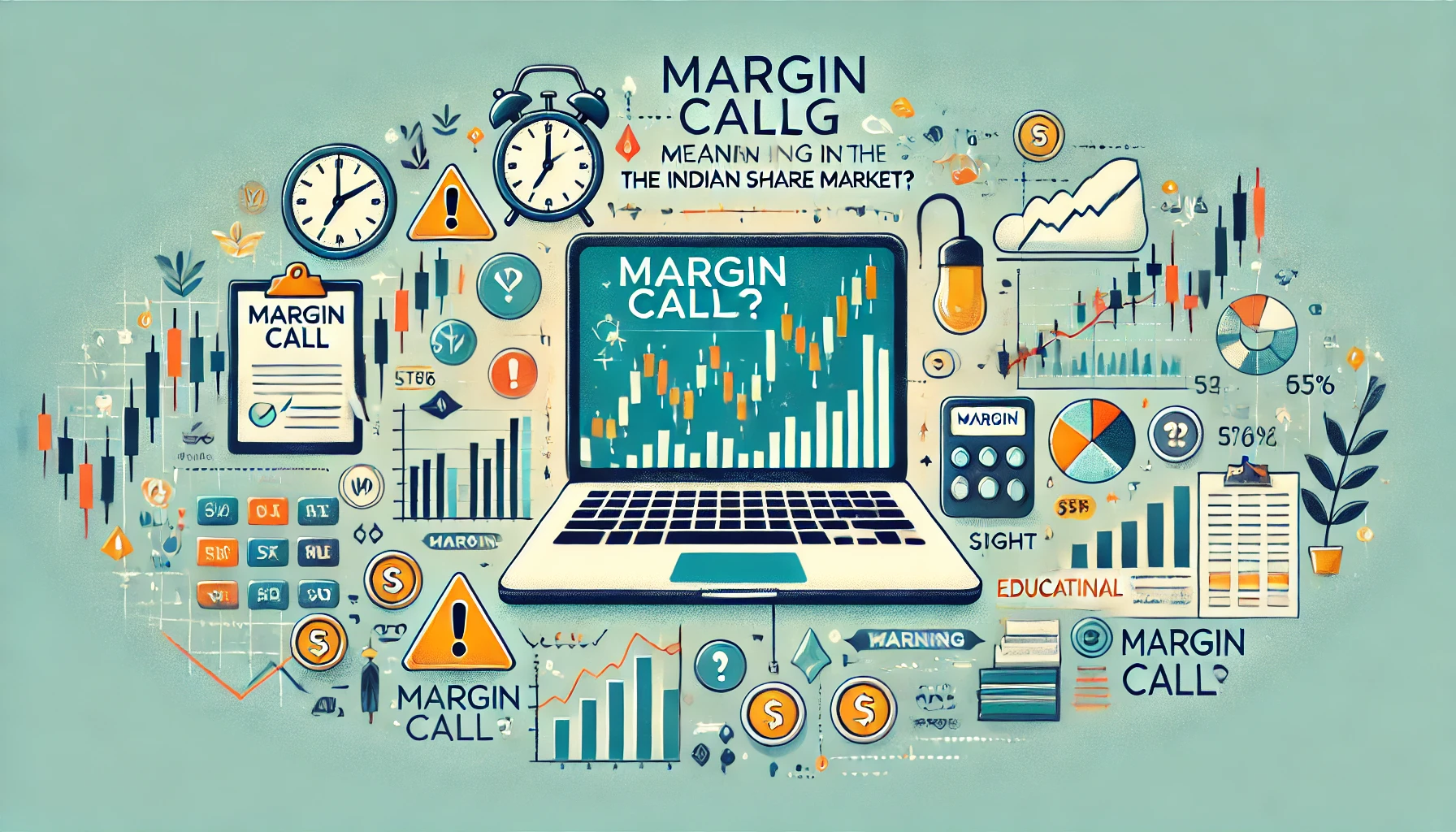The Indian derivatives market has grown exponentially over the last few decades, thanks to its role in managing risk and optimizing trading strategies. Derivatives are financial contracts whose value is derived from an underlying asset. In the Indian share market, understanding the types of underlying assets is crucial for effective risk management, hedging, and speculation. In this blog, we will discuss various underlying assets in derivatives, their significance, and how they contribute to the overall derivatives market.
Table of Contents
- Introduction to Derivatives and Underlying Assets
- Types of Underlying Assets in the Indian Derivatives Market
- Stocks as Underlying Assets
- Indices as Underlying Assets
- Commodities as Underlying Assets
- Interest Rates as Underlying Assets
- Currency or Forex as Underlying Assets
- Historical Data on Underlying Assets
- Significance of Each Type of Underlying Asset
- How Underlying Assets Affect Derivatives Pricing
- Using Historical Trends for Trading Strategies
- Popular Derivatives Contracts in India
- Conclusion
1. Introduction to Derivatives and Underlying Assets
Derivatives are contracts that derive their value from an underlying financial asset or group of assets. These assets can range from stocks, bonds, commodities, currencies, indices, and interest rates. In the Indian share market, the most actively traded derivatives are options and futures contracts. The selection of an underlying asset is critical as it determines the derivative’s performance and price movement.
2. Types of Underlying Assets in the Indian Derivatives Market
The Indian share market offers a variety of underlying assets for derivatives trading. Each asset type plays a distinct role in how derivatives are priced and traded. Let’s dive deeper into the most common types:
a. Stocks as Underlying Assets
Individual stocks or shares are the most common form of underlying assets for derivatives in India. Derivatives like stock futures and options derive their value from the price of individual stocks. Some of the most traded stocks in the Indian derivatives market include Reliance Industries, Infosys, and HDFC Bank.
Historical Data: Stock-Based Derivatives Trading Volumes (2019-2023)
| Year | Stock-Based Derivative Contracts (in million) |
|---|---|
| 2019 | 1450 |
| 2020 | 1620 |
| 2021 | 1785 |
| 2022 | 1950 |
| 2023 | 2100 |
b. Indices as Underlying Assets
Indices, such as NIFTY 50 and Bank NIFTY, are also commonly used as underlying assets. Index-based derivatives help traders take positions on the overall market rather than individual stocks. The NIFTY options market, in particular, sees huge trading volumes, making it a key component of India’s derivatives landscape.
Historical Data: Index-Based Derivatives Volumes (2019-2023)
| Year | NIFTY Index Derivatives (in million) |
|---|---|
| 2019 | 980 |
| 2020 | 1220 |
| 2021 | 1480 |
| 2022 | 1650 |
| 2023 | 1825 |
c. Commodities as Underlying Assets
Commodities such as gold, crude oil, and agricultural products are popular underlying assets in derivatives trading. The Multi Commodity Exchange of India (MCX) is the key platform for commodity derivatives in India. Commodities can offer great opportunities for hedging against inflation and volatility.
Historical Data: Commodity-Based Derivatives (Gold Futures) (2019-2023)
| Year | Gold Futures Contracts (in million) |
|---|---|
| 2019 | 650 |
| 2020 | 720 |
| 2021 | 810 |
| 2022 | 900 |
| 2023 | 960 |
d. Interest Rates as Underlying Assets
Interest rate derivatives allow traders to hedge or speculate on future interest rate movements. In India, interest rate futures and swaps are popular for managing risks related to changing rates. The pricing of these derivatives is influenced by benchmark interest rates such as the repo rate set by the Reserve Bank of India (RBI).
e. Currency or Forex as Underlying Assets
Currency or forex derivatives allow traders to take positions on the price movements of currency pairs. The Indian Rupee (INR) against the US Dollar (USD) is the most actively traded pair in the Indian forex derivatives market. The market is influenced by global currency trends, trade policies, and interest rate differentials between countries.
3. Historical Data on Underlying Assets
Historical Data: Growth in Derivatives Market (2019-2023)
| Year | Total Derivatives Contracts (in million) |
|---|---|
| 2019 | 2800 |
| 2020 | 3200 |
| 2021 | 3700 |
| 2022 | 4250 |
| 2023 | 4700 |
This growth is driven by increased participation in stock, index, and commodity derivatives in the Indian market, coupled with greater demand for hedging instruments.
4. Significance of Each Type of Underlying Asset
Each type of underlying asset brings unique advantages to traders and investors. Stocks allow traders to focus on specific companies, while indices offer a broader market perspective. Commodities, interest rates, and currencies enable diversification and hedge against sector-specific risks. Advanced traders use a combination of these assets to balance their portfolios and manage risks effectively.
5. How Underlying Assets Affect Derivatives Pricing
The pricing of derivatives is heavily dependent on the nature of the underlying asset. Stock and index derivatives are influenced by market conditions, earnings reports, and macroeconomic factors. For commodities, pricing is influenced by supply and demand dynamics, geopolitical events, and seasonal trends.
For example, the price of crude oil derivatives may spike due to geopolitical tensions in oil-producing regions. Similarly, currency derivatives can experience volatility based on central bank announcements and foreign trade policies.
6. Using Historical Trends for Trading Strategies
Advanced traders often use historical data to predict future trends in underlying assets. By analyzing past volatility, market performance, and macroeconomic events, traders can develop strategies to hedge or speculate in the derivatives market.
Table: Historical Volatility Data (2019-2023)
| Year | NIFTY 50 Volatility (%) | Gold Volatility (%) |
|---|---|---|
| 2019 | 12.50 | 18.40 |
| 2020 | 24.80 | 22.10 |
| 2021 | 16.00 | 15.60 |
| 2022 | 19.50 | 17.20 |
| 2023 | 14.30 | 13.90 |
7. Popular Derivatives Contracts in India
Several derivatives contracts have become highly popular in India, including:
- NIFTY 50 Index Options: These are widely traded and offer high liquidity.
- Stock Futures: Traders use stock futures to speculate on the price movement of individual stocks.
- Gold Futures: Highly popular on the MCX, gold futures are used to hedge against inflation and currency devaluation.
Each of these contracts is based on different types of underlying assets, which allow for flexible trading strategies.
8. Conclusion
The Indian share market derivatives segment is vast and includes a variety of underlying assets such as stocks, indices, commodities, interest rates, and currencies. Understanding these different types of assets is crucial for any trader or investor seeking to make informed decisions in the derivatives market. By analyzing historical data and market trends, traders can develop effective strategies to capitalize on the dynamic nature of the derivatives market.

What Is Implied Volatility?
In the realm of Indian share market derivatives, implied volatility (IV) plays a crucial role …

What is Margin Funding?
Margin funding is a powerful tool in the Indian share market that allows traders to …

Forward vs Future contract
In the Indian share market, derivatives such as forward and future contracts play a pivotal …

What is Margin Money?
Margin money is a crucial aspect of trading in the Indian share market, especially in …

What is Put-Call Ratio?
The Put-Call Ratio (PCR) is one of the most widely used indicators in options trading …

What is Derivatives?
Derivatives are financial instruments whose value is derived from an underlying asset or benchmark. In …

What is Cost of Carry?
The cost of carry is an essential concept in futures trading that reflects the cost …

What is futures
Futures are a fundamental part of derivatives trading in the Indian stock market. They allow …

Bullish Option Strategies
In the ever-evolving world of derivatives trading, options have become a powerful tool for investors …

Understanding Physical Settlement in Futures & Options Contracts: A Comprehensive Guide
In the world of derivatives trading, the concept of physical settlement has gained prominence, particularly …

what are call options
The Indian share market has expanded significantly over the years, attracting a growing number of …

What Is Credit Spread Strategy
In the world of options trading, the credit spread strategy is one of the most …

What Is a Forward Contract
A forward contract is a customized financial agreement between two parties to buy or sell …

Types of Derivatives in India
The Indian derivatives market has grown exponentially, becoming a vital tool for investors and traders …

What is Swaps Derivatives
In the world of derivatives, swaps are a special class of contracts that allow two …

Intrinsic Value and Time Value of Options
Options trading is one of the most widely used financial instruments in the Indian share …

What is Open Interest?
In the world of derivatives, the concept of “Open Interest” plays a crucial role in …

Types of underlying assets in derivatives
The Indian derivatives market has grown exponentially over the last few decades, thanks to its …

derivatives on Option Volatility & Pricing Strategies
The Indian share market derivatives segment is a dynamic environment where advanced traders rely heavily …

What is Futures Contract
The Indian share market offers various financial instruments that provide opportunities for investors and traders. …

What is implied volatility in options?
In the world of options trading, one of the most crucial elements to understand is …

Futures Pricing Formula
The Indian share market is known for its dynamic nature and offers various opportunities for …

What is an ITM Call Option?
The world of options trading is filled with technical terms that are crucial for investors …

What is Max Pain Theory?
The Indian share market is full of strategies and theories that traders use to predict …

What is OTM Call Options
In options trading, terms like “in the money” (ITM), “at the money” (ATM), and “out …

What Is Rollover
Rollover is a common term in the world of futures and derivatives trading, especially in …

Futures Prices Converge Upon Spot Prices
In the world of financial markets, futures contracts play a significant role. One of the …

Call Ratio Back Spread
In the Indian share market, advanced trading strategies such as the Call Ratio Back Spread …

Margin Call Meaning
A margin call is one of the most critical warnings in trading, often marking a …

What is Bermuda Option?
The financial markets are full of complex instruments, and one such tool is the Bermuda …


















